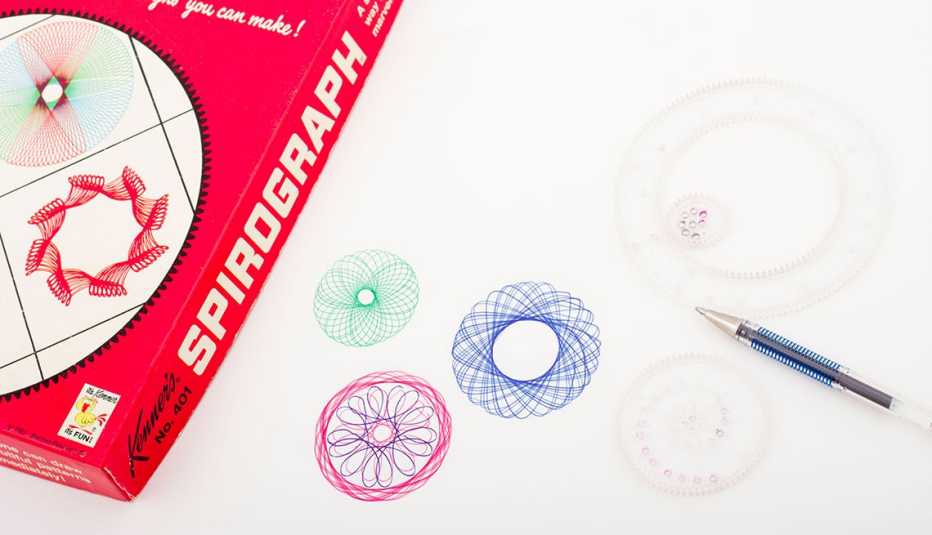AARP Hearing Center


Mr. Potato Head (1952)
The first Mr. Potato Heads ever produced included only plastic eyes, ears and other extremities that kids plunged into an actual potato (or "any fruit or vegetable"). More than a million units were sold the first year, and Mrs. Potato Head arrived a year later. It was the first toy ever advertised on television.In 1964, Hasbro introduced the plastic potato body. Mr. Potato Head quit smoking in 1987 when Hasbro removed his pipe.


Barbie (1959)
Ruth Handler, the wife of Mattel cofounder Elliot Handler, got the idea for Barbie after seeing a doll while touring Germany. Within a year after she was first introduced in 1959, Barbie was the best-selling fashion doll of all time. Sales have rarely slowed over the years, and the line has evolved and diversified to keep pace with the changing role and perception of women in American society.


Chatty Cathy (1960)
Though it wasn’t the first-ever doll that could talk — that honor goes to Thomas Edison’s creepy 1888 talking doll prototype — Chatty Cathy was the first blabbing toy to gain mass popularity. Released by Mattel in 1960, just a year after Barbie, she uttered 11 phrases (such as “I love you!” and “Please take me with you!”) via a tiny phonograph that you activated by pulling her string.


Easy-Bake Oven (1962)
The original version, which generated heat by two 100-watt light bulbs and allowed kids to bake their own mini cakes and treats, immediately became the hottest Christmas toy of the season when it was released in 1963. Though its safety has sometimes been called into question — a spate of burns in the mid-2000s led to a voluntary recall — its popularity has endured. It’s in the National Toy Hall of Fame, and National Easy-Bake Oven Day occurs each November.


Spirograph (1966)
Kids in 1966 suddenly discovered that math actually could be fun with the release of the first Spirograph, a geometric drawing toy that lets kids use its holes and interlocking edges to make all kinds of groovy illustrations. In its first two years, more than 5.5 million Spirograph kits were sold. The toy’s popularity has endured — relaunched in 2013, it was a finalist for the Toy Industry Association's Toy of the Year the following year, 47 years after it had first won the honor in 1967.





































































More From AARP
Why Medicare Matters: The Players
The future of Medicare rests in the hands of a small group with widely differing viewsRecommended for You